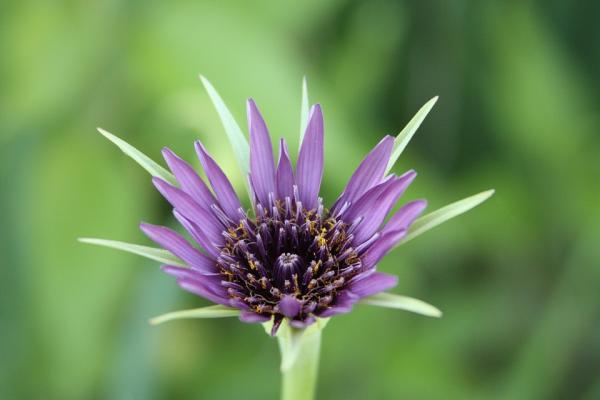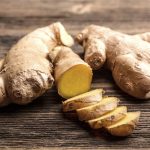
The vegetable oyster is commonly known as the Oyster plant, or technically called Salsify. It gets its name from a faint oyster like taste from its roots. The Europeans called in “black bark” and the Greeks called it “billy goat’s beard” for because of filaments around the seed. This vegetable is getting popular for its tasty roots and leaves.
Taste Like Oysters
When the roots mature, they are usually eaten. These roots are the source of the oyster taste. The roots are added raw in salads. The roots are also cooked, baked and sautéed in different recipes. The vegetable oyster roots are harvested during the fall. The whole Oyster plant, in fact, is edible, especially when it’s young.
Edible Roots
There are actually two types of this vegetable, a dark root and a lighter pale root. The lighter vegetable oyster has rootlets at the bottom. The darker root is called scorzonera and is described as looking like a brown carrot.
The roots of this vegetable can grow up to about four feet long. They need to be peeled before being eaten. When sautéed or roasted, it has a distinct oyster taste, thus deriving its name from this.
Serving Suggestions
The vegetable oyster is gaining popularity. You can steam the root and serve it as a tasty side dish. It can also be used to add flavoring to soups and stews. You can mash up vegetable oyster and serve it like mash potato. It can also be served with roast beef. Restaurants import vegetable oysters in cans to serve their customers.
Grow Your Own Vegetable Oyster
Most people are not familiar with the oyster plant, but it’s actually easy to grow and cultivate. They are usually harvested in the fall or winter, with the roots becoming edible once they mature. It takes around 120 days for the roots to mature. The oyster plant can be left in the ground over the winter, as it will sprout again, producing more flowers and seeds. They grow to be about 2 to 3 feet tall, and their roots reach down into the ground up to 16 inches.
There are actually a few varieties of oyster plants. As mentioned, black oyster plants are called Scorzonera, and are darker than the pale Salsify vegetable oysters.
Nutritional Value
This vegetable is quite nutritious, as it is an excellent source of both soluble and insoluble dietary fiber. The carbohydrates are stored as inulin (not called insulin) in the vegetable oyster. Inulin can help control blood sugar and ease constipation problems. The oyster plant root has about 80 calories per 100 gram of weight. The roots are also rich in Vitamin C, many B Vitamins, and nutrients such as folates and thiamin. The vegetable oyster plant also is rich in minerals like calcium, potassium, phosphorous, and copper.
As the vegetable oyster plant is gaining popularity, you can start finding this plant in some supermarkets. They can be stored in the fridge for about one week. If you want to try out the vegetable oyster, do a search online to see if you can purchase it near your location. Since they are easy to grow, you may consider buying the seeds and growing the vegetable oyster yourself.


